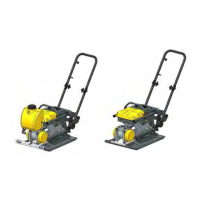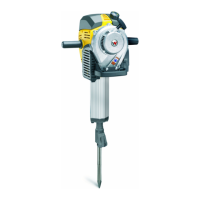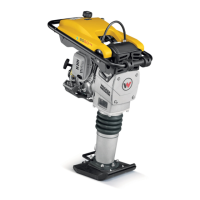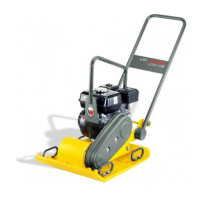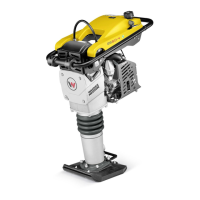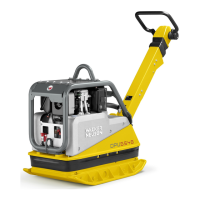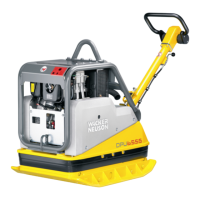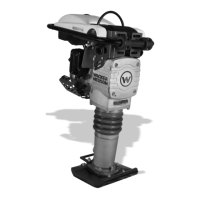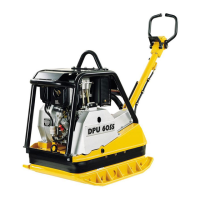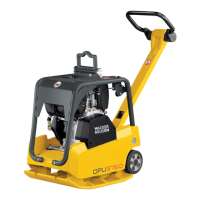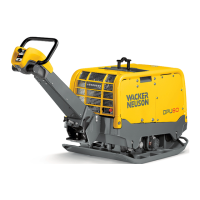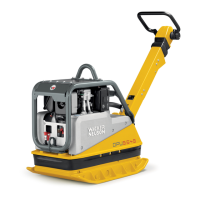Safety
General safety instructions for power tools 6.8
23
[en] | 02/2022 | 5100060593 | APS | Operator’s Manual
1) Working area safety
– Keep your working area clean and well lit. Cluttered or dark
work areas can lead to accidents.
– Do not work with a power tool in explosive environments
where there are flammable liquids, gases or dust. Power tools
create sparks, which can ignite dust or fumes.
– Keep children and other people away while using the power
tool. If distracted, you may lose control of the electrical tool.
2) Electrical safety
– The connector plug of the power tool must fit in the plug re-
ceptacle. The plug may not be changed in any way. Do not
use an adapter plug together with grounded power tools.
Keep the power cord away from heat, oil, sharp edges or moving
parts.
– Avoid body contact with grounded surfaces, such as tubes,
heaters, stoves and refrigerators. There is a higher risk of elec-
tric shock if your body is grounded.
– Keep the power tools away from rain or wet conditions. The
penetration of water into the power tool increases the risk of an
electric shock.
– Do not use the connection cables to carry the power tool, to
hang it or to pull the plug out of the plug receptacle. Dam-
aged or tangled connecting lines increase the risk of electric
shock. A tool or wrench that is in a rotating part of the power tool
can cause injury.
– If you are working with a power tool outdoors, only use ex-
tension cables that are also suitable for outdoor use. The use
of an extension cable that is suitable for outdoor use reduces the
risk of an electric shock.
– If the operation of the power tool in damp conditions is un-
avoidable, use a fault current protective switch. The use of a
fault current protective switch reduces the risk of an electric
shock.
3) Personal safety
– Be alert, watch what you are doing and use common sense
when working with a power tool. Do not use a power tool if
you are tired or under the influence of drugs, alcohol or med-
ication. A moment of carelessness when using the power tool
can lead to serious injury.
– Wear personal protective equipment and always wear safety
glasses. Wearing personal protective equipment, such as a dust
mask, non-skid safety shoes, a hard hat or ear protection depend-
ing on the nature and application of the power tool, reduces the
risk of injury.
– Avoid unintentional starting. Make sure that the power tool is
switched off before you connect it to the electric power sup-
ply and/or the rechargeable battery before you pick it up or
carry it. Accidents may happen if you carry the electrical tool with
your finger on the switch or if you connect the equipment to the
electric power supply while it is switched on.
6
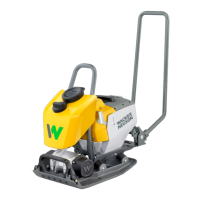
